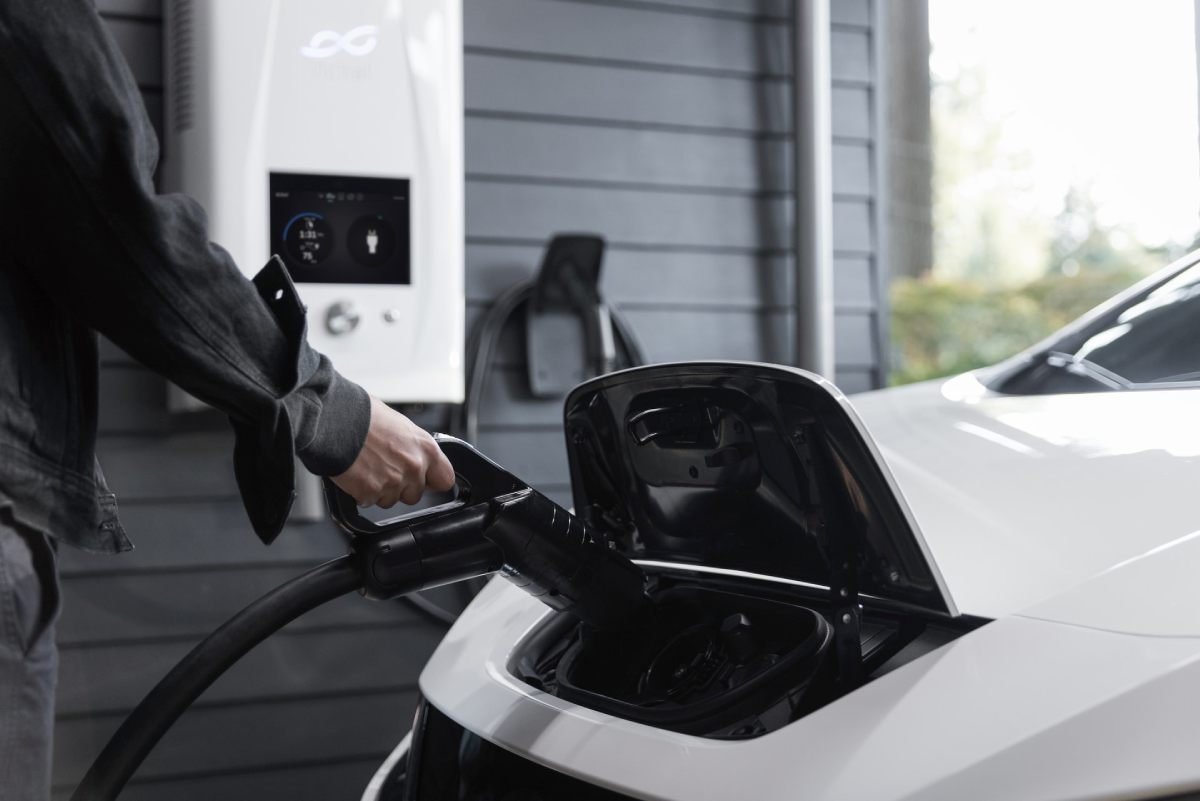
The trend towards e-bike riders continues in 2022
Especially in big cities, e-bike riders have a hard time in many places. On three-lane roads without cycle paths, riding a two-wheeler becomes adventurous and even dangerous in the worst case.
Despite these difficult conditions, more and more people are getting on their bikes. Because especially in Corona times, e-bikes offer a healthy and environmentally friendly alternative to other means of transport.
Better infrastructure for e-bike riders
As e-bikes continue to conquer urban transport, e-bike riders want more and, above all, safer bike lanes. For example, a third of respondents said they would get on their bike more often if more bike lanes were in their city.
Therefore, it is not surprising that an overwhelming majority of 64 percent of the respondents demand that future infrastructure measures consider two-wheelers.
In addition to cycle paths, fewer cars and lorries on the roads and theft-proof parking spaces would also encourage people to use e-bikes for their daily journeys.

Permanent solution vs pop-up
Cities worldwide began to improve conditions for cyclists in the wake of the Corona pandemic and built so-called pop-up cycle lanes in many places.
In many places, citizens have already demonstrated that they set up more pop-up lanes and established them beyond the current low-traffic phase.
In this way, the solutions that are intended for the short term could contribute to a long-term traffic turnaround and a more two-wheel-friendly infrastructure.
Why riding an e-bike is good for the environment?
Why should e-bikes be climate-friendly? My old bike doesn’t even use electricity? Some people may ask this question when e-bikes are mentioned as a positive aspect of environmental protection.
Will e-Bikes replace cars? There is no question that electric bikes can replace their non-motorized predecessors. But their range of use is even more extensive:
For example, more than half of all car journeys made are less than five kilometers long – these and many more distances can be covered effortlessly on e-bike riders.
Overcoming the commute on two wheels and still arriving at the office unsweaty? No problem with the e-bike! Are you transporting the children to daycare without getting stuck in traffic? There’s plenty of room for your loved ones on the e-bike!
The e-bike is also suitable as a supplement to other environmentally friendly means of transport such as the train or the tram: compact e-bikes can easily be transported on public transport. You never have to wait for a connection again but can comfortably ride the last kilometers of your route on the e-bike.
Put an end to air pollution
Exhaust fumes, noise, and increased CO2 concentrations are a particular burden on many large cities. The so-called smog is getting worse from year to year.
Politicians motivate citizens to leave their cars behind and switch to sustainable alternatives by introducing environmental lanes, diesel driving bans, or free local transport.
The e-bike is just such an alternative: Compared to the e-car, motorized bikes produce hardly any particulate matter, and their production emits significantly less CO2.
It is estimated that an e-car offsets the CO2 emissions of its production after 10,000 kilometers – with an e-bike, the offsetting takes place after 165 kilometers.
Efficient motorization
Even independent of fuel costs, space requirements, and exhaust emissions, cycling is the most efficient form of mobility worldwide. No other form of transport can cover such long distances using so little energy.
Electric motors, such as those used in e-bikes, are the most efficient drives of our time – they have efficiencies of around 90 percent. By comparison, a combustion engine achieves just around 35 percent.
In addition, e-bikes consume extremely little electricity. They require just between 0.4 and 0.8-kilowatt-hours for a distance of 100 kilometers. With an average commute of 17 kilometers per ride, 9 to 18 euros in electricity costs annually for commuters.
In summary, it can be seen that e-bikes are exceptionally environmentally friendly, even if they are not (yet) perfect. Because even though their lithium-ion batteries are among the most efficient of our time, their production and recycling still pose significant challenges for companies and scientists.
But many sensible approaches and alternatives have already been developed, and we are convinced that this aspect will also be transformed in an environmentally friendly way in the coming years.
Also Read:
Excited For Your First Solo Bike Trip? Don’t Forget To Read These 5 Tips
Best Mountain Bikes In Montana
Best Bike Trails To See Fall Foliage Along The California Coast






